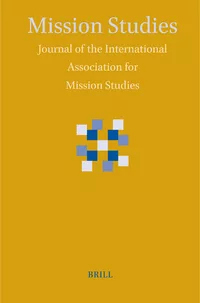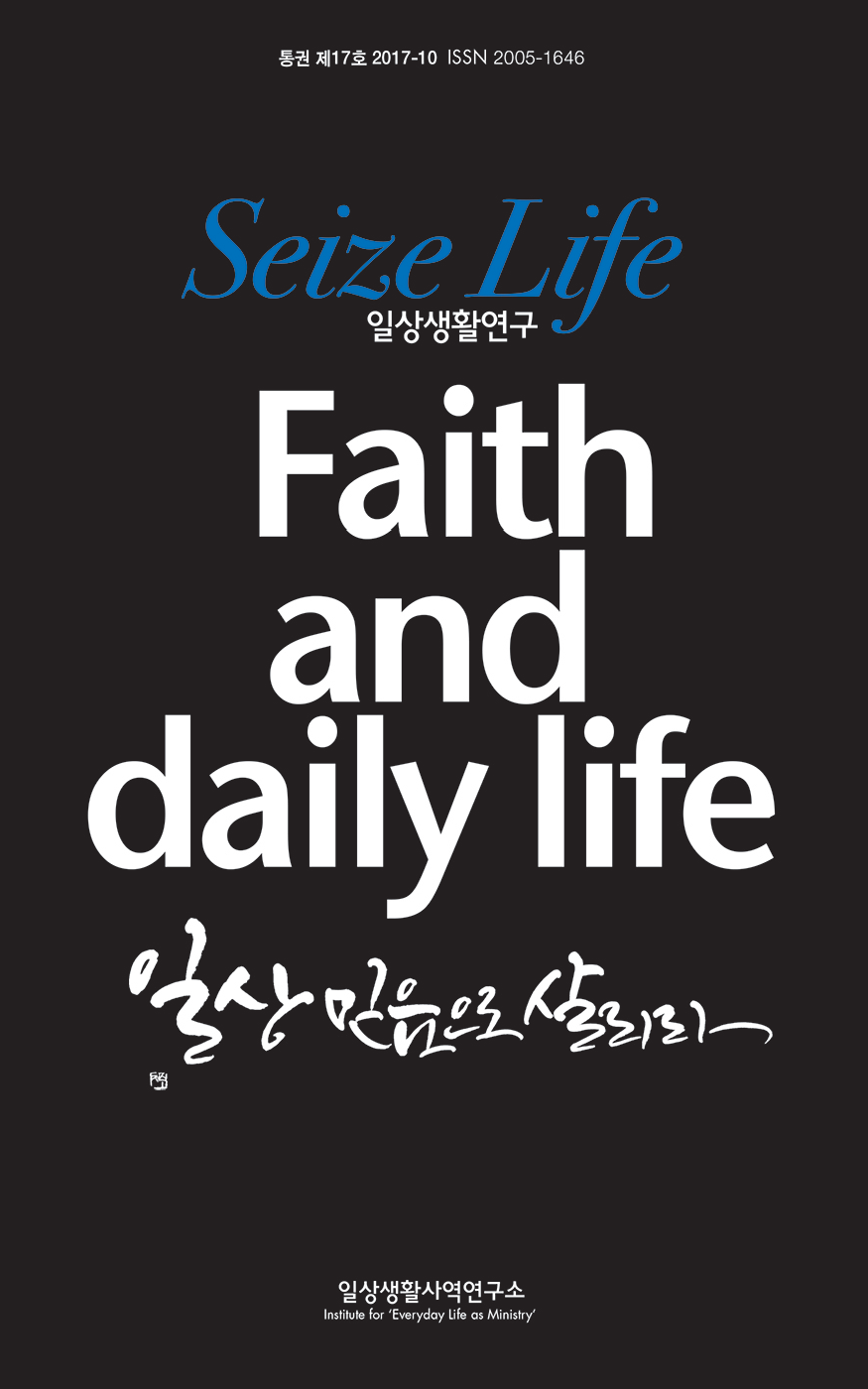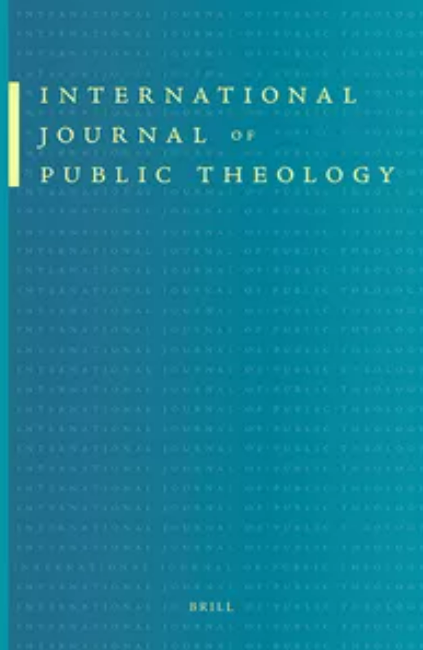https://doi.org/10.1163/15733831-12341885
이 논문은 1624년부터 1662년까지 네덜란드 동인도회사가 대만에서 무역 거점을 운영하며, 토착 포르모사인(타이완 원주민)들을 개혁교회로 개종시키기 위해 사용한 시라야(Siraya)어 자료를 분석한다. 저자는 시라야어로 작성된 문헌들을 검토하여, 네덜란드 선교사들이 복음을 어떻게 전달했는지를 규명한다. 분석 결과, 선교사들은 시라야어 문헌 제작에서 두 가지 상이한 방식을 취했다. 초기 선교사들, 특히 로베르투스 유니우스(Robertus Junius)는 십계명과 주기도문 같은 성경 본문을 수정하여, 단어와 구절을 포르모사 문화에 맞게 바꾸는 ‘문화 적응(accommodation)’ 방식을 사용했다. 그러나 이러한 접근은 후에 대만 내 다른 선교사들로부터 비판을 받았다. 이후의 선교사들은 성경 본문을 더 직역에 가깝게 번역했으나, 대신 ‘포뮬러리(Formulary)’라는 담론적 텍스트 공간을 활용하여 본문의 의미를 설명하고, 어느 정도 포르모사인들의 문화와 상황에 맞게 해석을 덧붙였다.
Between 1624 and 1662, the Dutch East India Company operated a trading post in Taiwan. It employed missionaries who attempted to convert indigenous Formosans to Reformed Christianity by compiling texts in the Formosan language, Siraya. This article analyzes texts compiled in this language to establish how the Dutch missionaries used them to communicate the Gospel. This analysis shows that they adopted two distinct approaches to compiling texts in Siraya. Early missionaries, above all Robertus Junius, modified biblical texts such as the Ten Commandments and Lord’s Prayer, changing words and phrases to “speak to” the Formosan culture. His approach constituted a form of accommodation and was subsequently criticized by missionary colleagues in Taiwan. Later missionaries translated the biblical texts more literally. Nevertheless, they used a Formulary as a discursive textual space in which to explain and, to some extent, make the text relevant to the Formosans.







